10 reasons for dental labs to be optimistic in 2017 and beyond
While it's easy to be pessimistic these days, there are plenty of reasons for labs to welcome the future.
There are, as the aphorism says, two types of people in the world: Those who see the glass as half-full and those who see it as half-empty.

For dental laboratories, there are plenty of reasons to see that glass as half-empty-increased competition, off-shoring and consolidation of the marketplace, among others. But while it's easy to be pessimistic these days, there're plenty more reasons to be optimistic and welcome the future.
Continue to the next page to see the top 10 reasons to be optimistic.

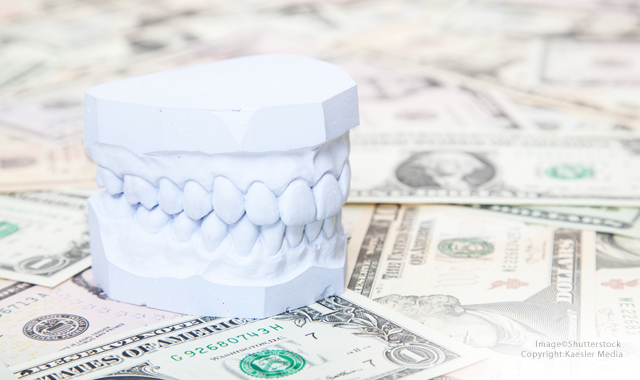
1. The increasing value of the lab technician
Lab technicians have a very definite value on the dental team and it's a value that they may not fully embrace.
“Depending on where they're located and what their business model has been, dental laboratory technicians, to some extent, have had the mindset that they're not on par with their dental client,” Bennett Napier, executive director of the National Association of Dental Laboratories, observes.
Trending article: Why the future looks bright for 3D printing
“But the reality is, as it relates to their subject matter expertise, dentists have to rely on their technician in order for their practice to be successful and for the practice to be profitable. They are completely reliant on a strong relationship with their dental laboratory and the laboratory technician. In many cases, they have much broader expertise in subject matter than their client.”


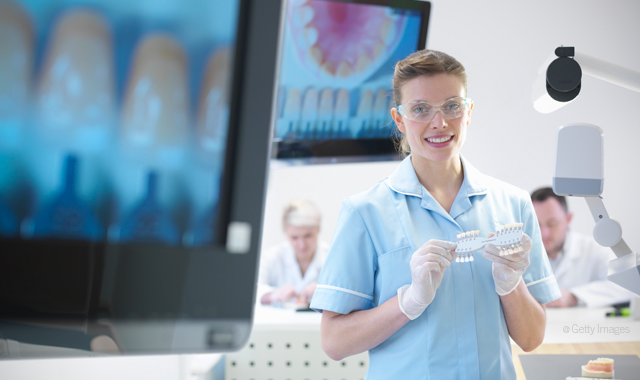
2. It’s a good time to be good
Labs that are good at what they do should feel especially optimistic.
“It's an exciting time being a good laboratory right now,” Shaun Keating, CDT, founder of Keating Dental Arts in Irvine, Calif., says. “There are so many new labs out there that really don't have any dental experience, that are just getting into the lab industry because of the digital workplace. They think they can make great crowns at a cheap price and just grow, and I don't think that's happening. For a good lab out there-a lab that cares, a lab that's doing good work-there are plenty of dentists. You've just got to find the right marketing to get them to see your lab.
“At the end of the day, price is important, but quality and peace of mind are more important,” he continues. “You need to have a good relationship with your doctors. It has to be more than just price. It’s attention to detail, it's education-you've got to show more value.”


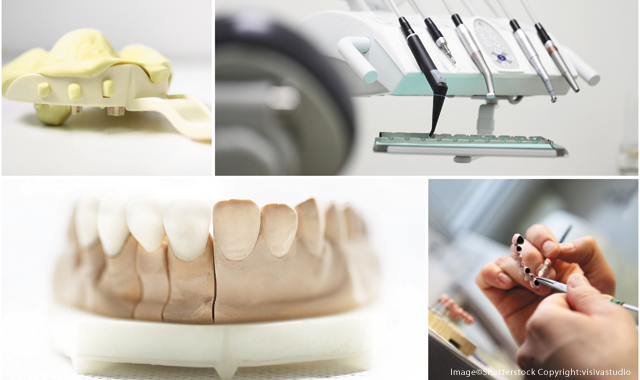
3. Demand is increasing
Competition may be increasing, but so is demand.
“The population is increasing,” Dr. John Flucke, technology editor of Dental Products Report, says. “We're continuing to put people into our society-births are definitely not letting up-but at the same time, we're not losing as many people to old age. The life expectancy keeps expanding and as it happens, you're going to see more and more folks that have dental needs.”
“Demand for dental services is growing, and it's going to continue to grow, based on patient demographics,” Napier says. “It's not declining. The business is there. The types of customers that labs have to work with are definitely different, but at the end of the day, the laboratory has to be there to fulfill many of those services.”


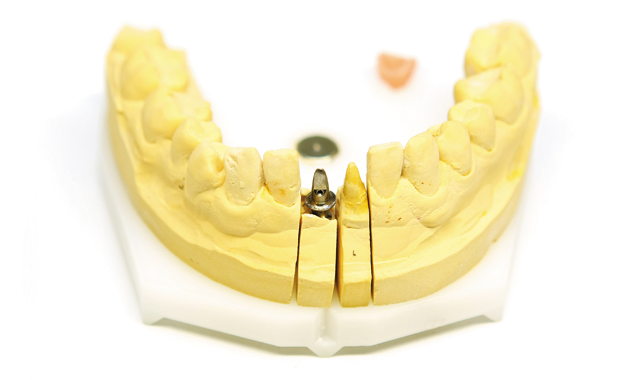
4. Consolidation is an opportunity
The diminishing number of dental labs due to consolidation need not be panic-inducing. Instead, it should be seen as an opportunity to highlight each lab’s strengths.
More from the author: The latest hourly and annual salary numbers for dental lab technicians
“Dentists had the luxury, for many years, if they weren't happy with their lab, to go down the street and find five or more,” Napier observes. “But they don't have that luxury anymore. They still have competition, they still have options, but they don't have as many options as they used to. If a dental laboratory can demonstrate that they're good, strong, consistent partners with their clients, they have the ability to grow, organically, with their current customer base, let alone new customers. They should be able to grow very well because dentists just do not have as many options as they used to.”


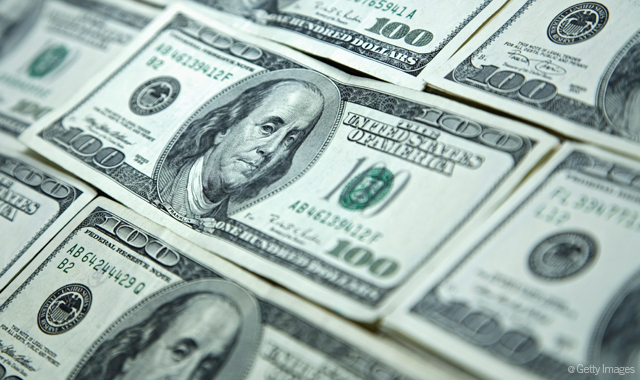
5. There’s plenty of money to be made
There is an element of altruism when working in the health care field, but, in the end, it’s still a business. And Keating says that there’s money to be made.
“There's plenty of money,” Keating says. “It's very lucrative.”
Keating used to work for other labs before striking out on his own in 2002. He says it was the best professional decision he ever made.
“In life, you really get ahead when you start your own company,” Keating says. “You’ve got big risks, but you've got big rewards. That's just how America was built. It's been the best thing.”



6. Knowledge is power
Sharing one’s knowledge with client doctors is an opportunity to build the business.
“Because of what dentists are exposed to now, and there is so much proliferation on materials and new technology, in many cases the technician is in the driver’s seat,” Napier says. “When technicians and labs get involved in a study club environment, they're kind of seen as the go-to person. In many cases they can become the expert in that study club, and dentists see that-many of which are prospective clients. They appear more as a peer rather than a vendor or a subcontractor.”


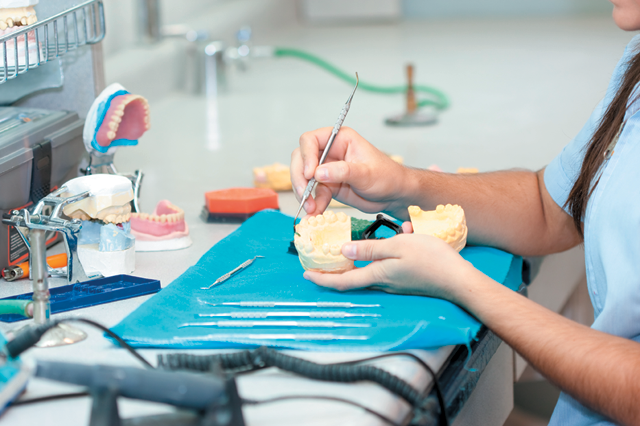
7. There will always be a need for good labs
The threat of off-shoring-that is, sending cases to be completed more inexpensively in other countries – is a specter that beleaguers labs. However, Dr. Flucke says that labs performing solid, excellent work need not be worried about their business going away.
Trending article: 6 coming technologies that will change dentistry forever
“If you're a lab that does great esthetic work that prides itself on customer service and that sort of thing, there is always going to be a market for that,” he continues. “As our medical system gets better and people continue to live longer and longer, and as middle age begins to extend further along, I think there are going to be more esthetic requirements and people wanting to look good and vital and vibrant. I think that future is bright, and if I was one of the low-cost labs, I think those people are in trouble.”



8. How to play the game
Even if competition with other labs is a source of consternation, Keating suggests that a simple attitude adjustment can help you prosper.
“You’ve just got to believe in your lab and your work,” Keating says. “If you don't believe in your lab and your work, then you're never going to grow, and I don't care what kind of business you run-you've just got to have a passion for your laboratory. You’ve got to treat your people really good. You’ve got to keep your place clean. You have to not worry about this guy around the corner doing a $39 crown. You have to stand behind your price. There are going to be doctors out there, if you keep going after them, they're going to pay what you charge because that's what you charge and that's what it's worth. Do not cut your fees because you're going to race yourself to the bottom.”


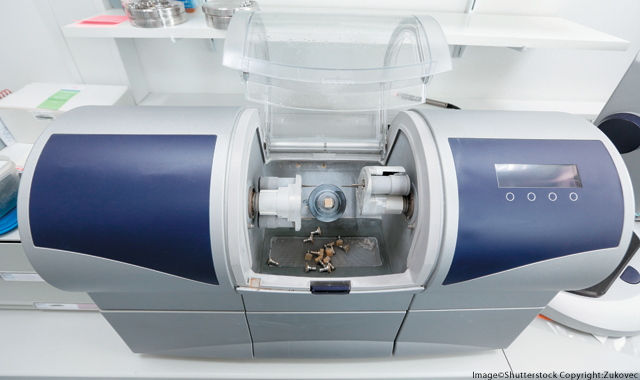
9. Chairside is an opportunity
Chairside milling might seem like bad news for laboratories, but rather than fearing it, the lab can embrace it as a different revenue stream.
“Each lab has to make their own decision as to how they approach it,” Napier observes. “But it opens the opportunity up for a completely different business model. That doesn't mean you're not going to have your traditional revenue stream for making crowns, bridges, dentures, whatever it may be-that doesn't disappear.
Related article: Exploring a new era of collaborative dentistry
"But what I have seen is a number of labs being able to create a business within a business where they have a consulting package and they are basically being paid for their knowledge, not for making a device. They’re able to say, ‘Hey, I'm able to be a conduit between the general dentist, the oral surgeon and any other specialist to help be a shepherd and help those diverse clinical puzzle pieces fit together for the right outcome at the end. They're being paid for their knowledge as opposed to making a product.”



10. Digital is the future
Most labs know the value of digital dentistry, and there is no better time than now to embrace a CAD/CAM solution.
“It's a great time for people who didn't get into digital until now,” Keating says. “I used to pay $100,000 for a milling machine and now they're down to $25,000. They're more robust. They don't break down as much. Years ago when we started there were nothing but issues, but that’s all changed now.”
Spending $25,000 on a mill is still a significant investment, but Keating says it’s worth it.
“For a small lab, it's hard to get over that. But you need it,” he says.
Regardless of which new obstacles may present themselves, Dr. Flucke says he remains excited about the future.
More from the author: 5 new workflows that are now possible
“The one thing about pessimism is you're never disappointed,” Dr. Flucke observes. “Dentistry has been trying to put itself out of business almost since the day it was born-like finding ways to prevent decay, prevent problems, things like that. We’re very prevention-oriented. But despite all our efforts to put ourselves out of business, dentistry continues to grow and expand, because as soon as you think you got a problem whooped, Mother Nature will just create another problem for you. I really do think that the future is bright. I don't see any reason not to be excited and really enthused about the future of dentistry, from both sides-the lab and the doctor.”